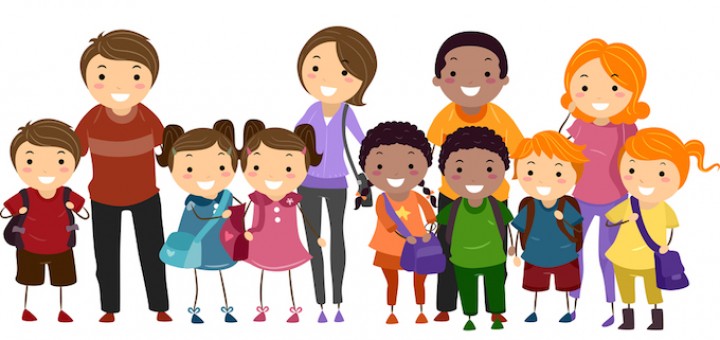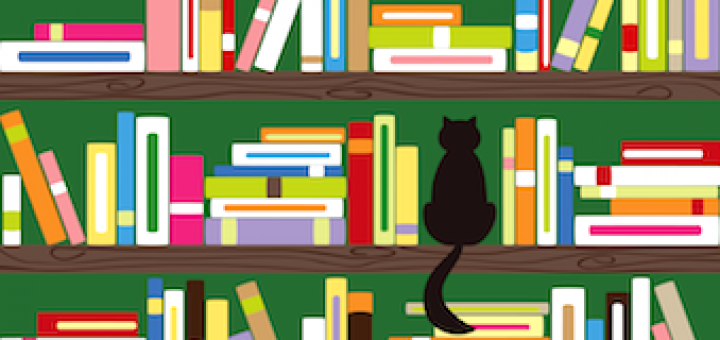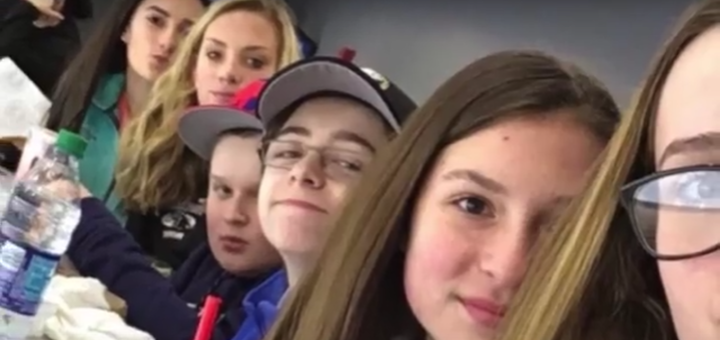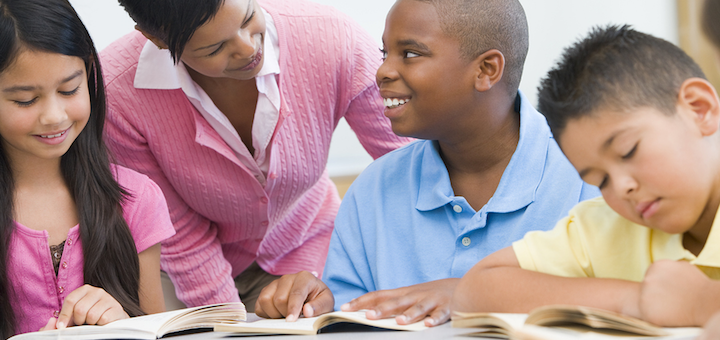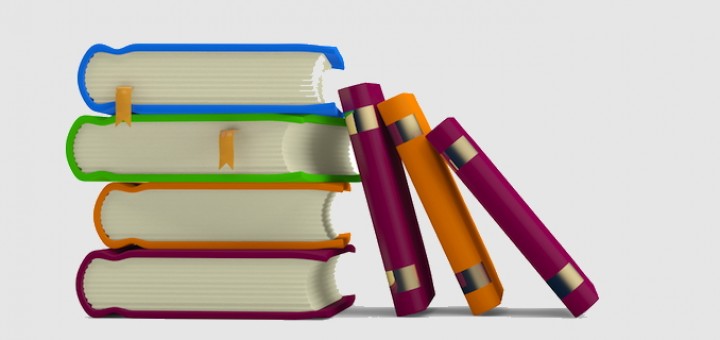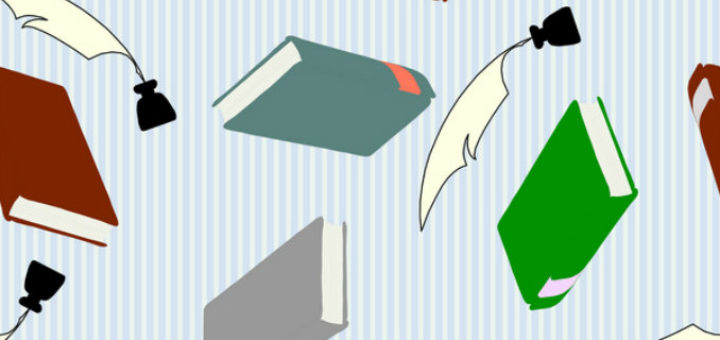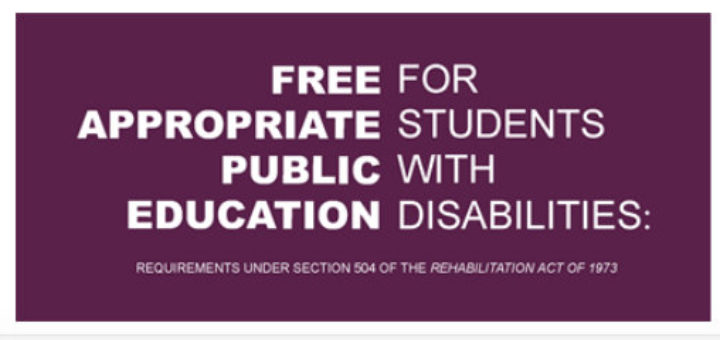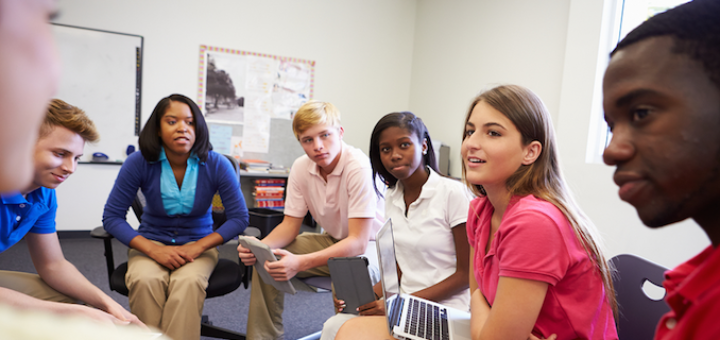Teaching and learning in grades 4-8
If you are looking for ways to connect your classroom or school to parents in nonthreatening, collaborative, and productive ways, you’ll love Alisa Hindin and Mary Mueller’s book, Getting Parents on Board, says teacher/librarian Rita Platt.
Gerard Dawson packs his brief book about literacy with hacks (fixes) to implement immediately and have a positive impact on classroom reading culture, says educator Laura Von Staden. He includes five problem-solving blueprints and ways to overcome pushback.
Standardized testing and the end-of-year rush leave Michelle Russell feeling low on energy, ideas and patience. She shares strategies she uses to bounce back and help her students do their best, starting with strengthening school relationships and having some fun.
Fresh from her middle school’s Falcon Pride Day, Amber Chandler celebrates the joy of a pre-Spring Break event that’s one part competition, one part team building, and one part controlled chaos, noting that kids’ SEL needs are at least as important as curriculum.
Many students over-annotate text to the point where they are noticing everything but not determining what’s MOST important. Literacy expert Sarah Tantillo shares tested strategies to help students detect “the purpose of reading,” including her What’s Important Organizer.
Malke Rosenfeld’s Math on the Move is about changing student mindsets about mathematics through whole body movement. Linda Biondi finds it packed with K-8 classroom tested activities, coaching tips, video clips and more to have students “dancing in the aisles”!
In Handbook on Teacher Portfolios, longtime education researchers Tucker, Stronge, and Gareis present a comprehensive case for using teacher portfolios for teacher evaluation and professional learning. Highly recommended by writing project director Diana Grady.
Anna Roseboro’s Teaching Writing in the Middle School can serve as a practical handbook to support the work of beginning English Language Arts teachers. Literacy coach Cynthia McKenzie says those new teachers will find many helpful ideas in the year-long guide.
Noting the recent Supreme Court decision affirming high expectations and educational opportunities for all students with disabilities, Elizabeth Stein looks at what’s needed in the classroom to ensure an enduring commitment to inclusion continues to move forward.
Bit by bit, during each Friday’s 43-minute current events session, Sarah Cooper’s eighth graders come closer to a democratic classroom culture that students really own – through their ideas, through their questions, through their wondering how the world works.

